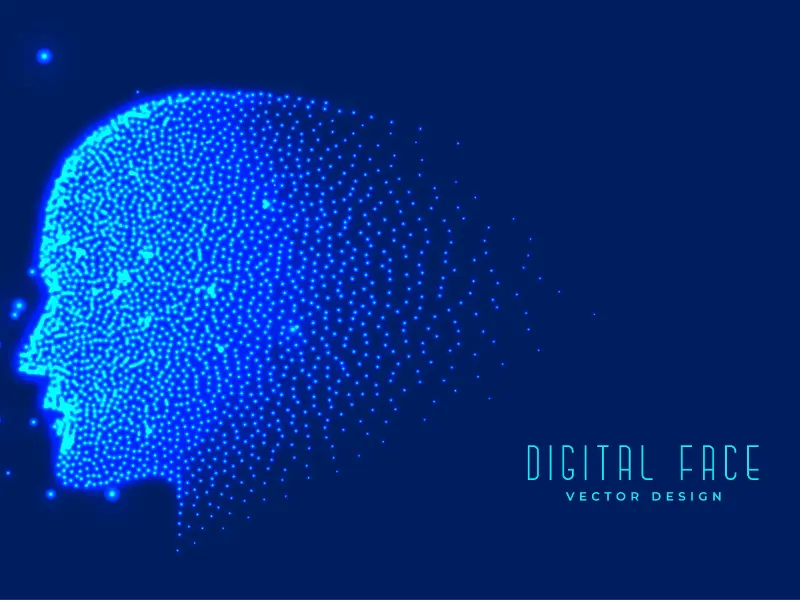- Speech recognition, also known as automatic speech recognition (ASR) or speech-to-text conversion, is a technology that enables a computer or device to interpret and transcribe spoken language into written text.
- The adoption of speech recognition technology in healthcare can lead to improved efficiency, accuracy, patient engagement, and accessibility, ultimately enhancing the quality of care provided to patients.
- Speech recognition technology is increasingly being utilised in healthcare to improve efficiency, accuracy, and overall patient care.
Speech recognition technology has advanced significantly in recent years, driven by improvements in machine learning, deep learning, and natural language processing algorithms. It’s now widely used in various applications, including virtual assistants, dictation software, automated transcription, customer service systems, and accessibility tools.
By leveraging speech recognition technology in these ways, healthcare providers can streamline workflows, enhance documentation accuracy, improve patient communication, and ultimately deliver better care.
Eight usage in health care filed
Clinical documentation
Healthcare professionals spend a significant amount of time documenting patient encounters. Speech recognition systems allow them to dictate notes directly into electronic health records (EHRs) using their voice, reducing the need for manual typing and potentially improving accuracy and completeness of records.
Medical Transcription
Speech recognition technology can transcribe dictations from healthcare providers into text, which can then be reviewed and edited as necessary. This facilitates the creation of medical reports, discharge summaries, and other documentation.
Voice-activated assistants
Virtual assistants powered by speech recognition technology, such as Amazon’s Alexa or Google Assistant, can provide healthcare information, schedule appointments, set medication reminders, and answer simple medical questions for patients.
Clinical decision support
Speech recognition can be integrated with clinical decision support systems to analyse spoken input from healthcare providers and provide real-time guidance or alerts based on patient data, medical history, and best practices.
Telemedicine: In telemedicine consultations, speech recognition technology enables real-time transcription of patient-doctor conversations, facilitating remote diagnosis and treatment while ensuring accurate documentation of the encounter.
Accessibility
Speech recognition tools make healthcare services more accessible to individuals with disabilities or those who have difficulty typing or using traditional input methods.
Language translation
For patients who speak languages other than the primary language of the healthcare provider, speech recognition technology can translate spoken words into text and vice versa, improving communication and reducing language barriers.
Also read: What is Qualcomm Voice Assist?
Why it is used?
Using speech recognition in healthcare offers several advantages.
Efficiency
Healthcare professionals can dictate patient notes, prescriptions, and other documentation faster than typing or writing, leading to increased productivity and time savings.
Accuracy
Advanced speech recognition technology can accurately transcribe spoken words into text, reducing the risk of errors commonly associated with manual data entry.
Also read: Which was the first voice assistant?
Enhanced patient engagement
Healthcare providers can spend more time interacting with patients instead of being tied down by paperwork, leading to improved patient satisfaction and quality of care.
Remote accessibility
With the advent of cloud-based speech recognition solutions, healthcare providers can access patient records and dictate notes from anywhere with an internet connection, promoting flexibility and remote work capabilities.
Integration with Electronic health records(HER)
Speech recognition software can seamlessly integrate with EHR systems, allowing for easy documentation and retrieval of patient information, facilitating better coordination of care among healthcare providers.

